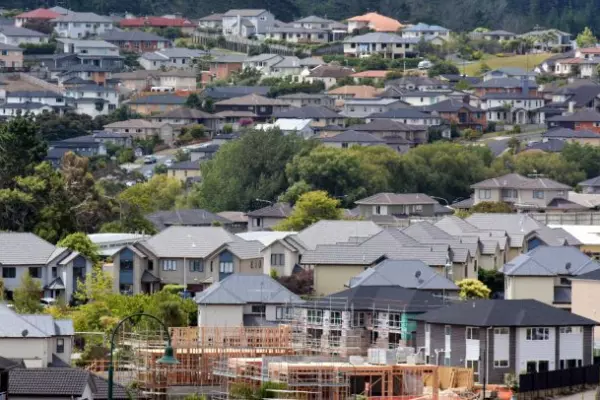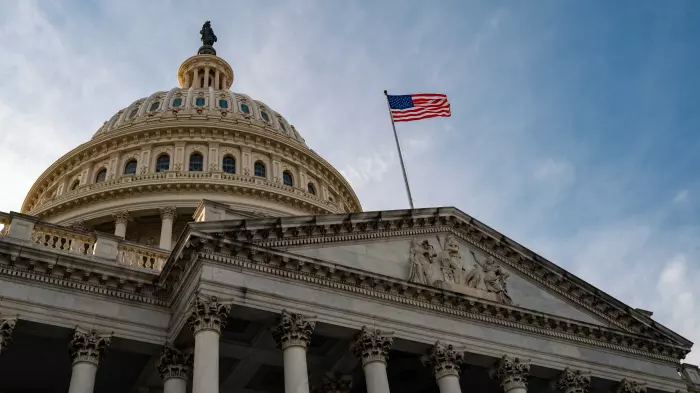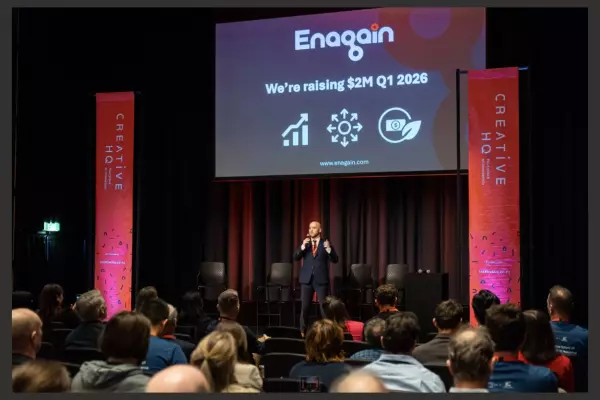Economists have a special way of counting: one, two, a lot.
One is the agent, the individual decision-maker: entrepreneur, employer, worker, consumer, parent.
Two is the agents meeting each other on the two sides of the market: seller and buyer; supply and demand. And a lot, or many, is the economy writ large: all the agents and markets interacting with each other. Macroeconomics, we call it.
Now, you might think, if that’s all there is to it, it shouldn’t be too hard for economists to teach the public the basic facts of economic life.
But I can tell you, it is hard. There are lots of people who can’t count past one.
And unfortunately, these people aren’t just self-obsessed narcissists – they are important people: politicians, mayors, journalists, commentators, lobby groups and so on.
They can do damage, and they do.
Examples? Well, never mind the ‘many’ for now, just focus on the two sides of a market: supply and demand.
Surely you can’t have one without the other. No, you can’t, but people try.
There’s a whole crew of consultants out there, peddling shonky ‘multiplier analyses’. These are officially banned by the Treasury but flourish anyway, like the black market for marijuana.
They flourish because they give clients what they want: an exaggerated number for the economic impact of a yacht race, or an airport, or a convention centre; even a university.
Buried in my own university’s website is one of these studies claiming that we ‘generate’, in today’s money, about $10 billion of gross domestic product – that’s more than three percent of New Zealand’s total GDP. Not bad for our little campus!
These fantastical figures are obtained by not counting past the ‘one’ of demand. Demand - spending – is taken to ripple through the economy hoovering up resources which are assumed to have no valuable alternative uses. Basically, supply is free, and what we call the opportunity cost of labour and other resources can be ignored.
Just as silly are those who do the opposite: assume that supply is all that matters.
Got a problem with traffic congestion? Build another motorway! Never mind asking where the congestion comes from, and considering that a demand-side policy, such as time-of-use congestion tolling, might be a vastly cheaper and more efficient way of dealing with the problem.
Which brings us to Auckland’s current water shortage.
Again, beyond the short-term restrictions on watering the garden etc, planned solutions have been totally supply-side: find more water.
The hapless Watercare organisation has been roundly criticised for not foreseeing, and building supply for, large population and economic growth-generated increases in demand. Never a thought to managing the demand.
So how might supply and demand be brought into better balance?
Usually, for economists, it is a matter for pricing.
At the moment, Watercare - a council-owned not-for-profit business – is, basically, pricing to cover all its costs.
It charges the same, single price for fresh water to households and businesses: $1.555 per cubic metre (thousand litres).
What’s wrong with that?
What’s wrong is that there are two types of water: cheap water and more expensive water.
The cheap water mostly comes from dams up in the Waitakere and Hunua ranges.
It’s cheap because the dams have been there a long time, the water is clean and requires little further processing, and it even delivers itself to our pipes without pumps, by gravity.
This cheap water is about 60 per cent of our total supply.
The other water sources vary in cost, but some are quite expensive. In particular, getting new water from the Waikato River is expensive. The water is polluted and requires extensive treatment, and it must be pumped to the city.
What this means is that charging a single price is inevitably both inefficient and inequitable.
It is inefficient because any water user considering buying another litre of water should only do so if the value to them of that litre at least matches the cost of supplying it, which is the cost of an additional or ‘marginal’ litre.
In our case, that will be water from the Waikato – that is, water currently sold at a price below its marginal cost of supply. So that is inefficient and wasteful.
As for equity: well, there are hundreds of thousands of poor or frugal Auckland households whose daily use of water, if similarly matched by everybody else, would add up to less than 60 per cent of total current demand.
That is, it could be supplied solely by the cheap existing dams and priced much lower than $1.55m3 to cover those lower costs. That’s not fair on the poor and frugal folk, is it?
Solution? Employ what’s called a two-part tariff, or non-linear pricing.
Give every Auckland household the right to consume their fair share of the low-cost water at a low price, and charge households, and businesses - which use about 30 percent of Auckland’s water - the full marginal cost if they wish to consume more than this.
It’s just about as simple as that: two goals – efficiency and equity – require just two prices to deliver on.
It’s not that hard to learn to count to two. Bringing supply and demand together with the use of non-linear pricing could be valuable in many land-based supply-limited situations: electricity, tourism, dairying, commuter roads – and water.
Tim Hazledine is a professor of economics at the University of Auckland















